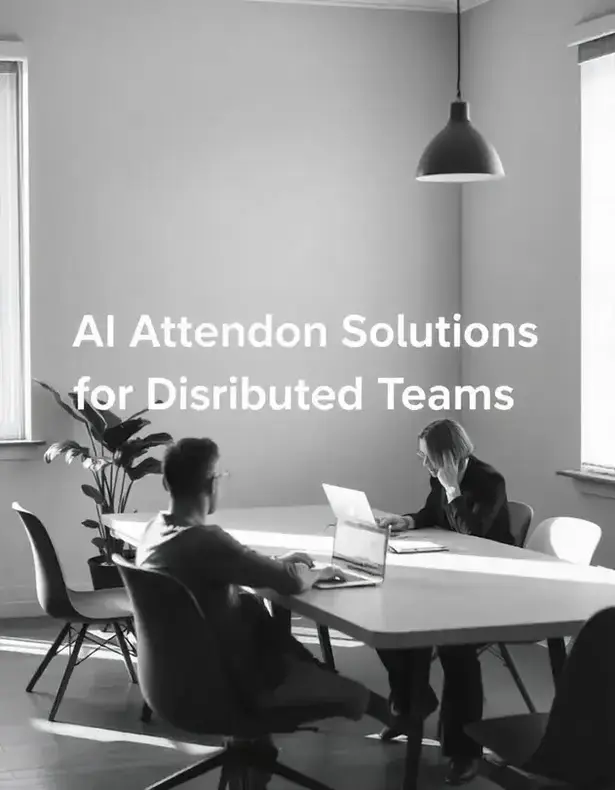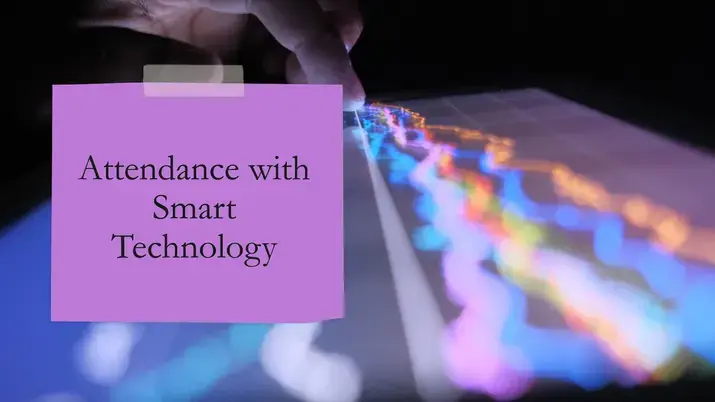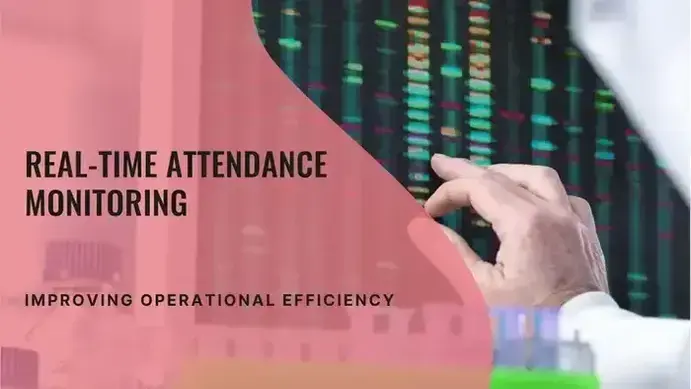The Future of Remote Work: AI Attendance Solutions for Distributed Teams
Published: Feb 04, 10:39 AM

The shift to remote and hybrid work models has transformed workplace dynamics, offering flexibility and improved work-life balance. However, one of the biggest challenges faced by organizations is managing employee attendance efficiently while ensuring productivity. AI-powered attendance solutions are emerging as a game-changer in tackling these challenges, providing real-time insights, automating time tracking, and ensuring transparency across distributed teams.
Challenges in Managing Remote and Hybrid Team Attendance
- Lack of Visibility: Managers struggle to track employee availability and working hours without direct supervision.
- Manual and Inefficient Attendance Tracking: Traditional attendance methods like spreadsheets or manual check-ins are prone to errors and time theft.
- Time Zone Differences: Global teams operate in different time zones, making it difficult to coordinate work hours and meetings.
- Compliance and Payroll Issues: Inaccurate time tracking can lead to payroll discrepancies and non-compliance with labor laws.
- Employee Accountability and Engagement: Without proper tracking, employees may struggle with maintaining accountability and engagement.
AI-Powered Solutions for Attendance Management
1. Automated Time Tracking
AI-powered attendance systems can automatically log employees' work hours through integrations with project management and collaboration tools. Features like geofencing, facial recognition, and biometric authentication ensure accuracy.
2. Cloud-Based Attendance Systems
Cloud-based AI attendance platforms allow employees to check in from any location, ensuring real-time updates for HR and management teams.
3. Behavioral Analytics for Productivity Insights
AI-driven analytics provide insights into employee work patterns, identifying peak productivity hours and areas needing improvement. This helps managers make data-driven decisions.
4. Time Zone Synchronization and Smart Scheduling
AI tools can adjust schedules based on time zones, suggesting optimal meeting times and balancing workloads across global teams.
5. Integration with HR and Payroll Systems
AI attendance solutions seamlessly integrate with HR and payroll software to automate salary calculations, ensuring compliance with labor laws and minimizing payroll errors.
6. AI-Powered Chatbots for Employee Self-Service
AI chatbots can handle leave requests, shift changes, and attendance inquiries, reducing HR workload while improving employee experience.
Benefits of AI Attendance Solutions for Remote Teams
- Accuracy and Efficiency: Eliminates human errors and manual tracking.
- Enhanced Transparency: Provides real-time attendance data accessible to managers and employees.
- Increased Productivity: Helps employees manage work hours effectively while ensuring accountability.
- Cost Savings: Reduces administrative costs associated with manual attendance tracking.
- Improved Work-Life Balance: Encourages a more flexible yet structured work environment.
Conclusion
AI-powered attendance solutions are revolutionizing remote work by addressing key challenges like visibility, time tracking, and compliance. As organizations continue to embrace flexible work models, leveraging AI will be essential for maintaining efficiency and productivity in distributed teams. Investing in AI-driven attendance management today will ensure a seamless and future-ready workforce.



